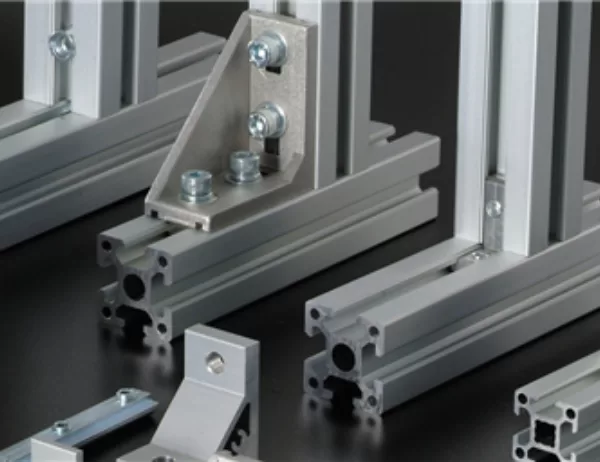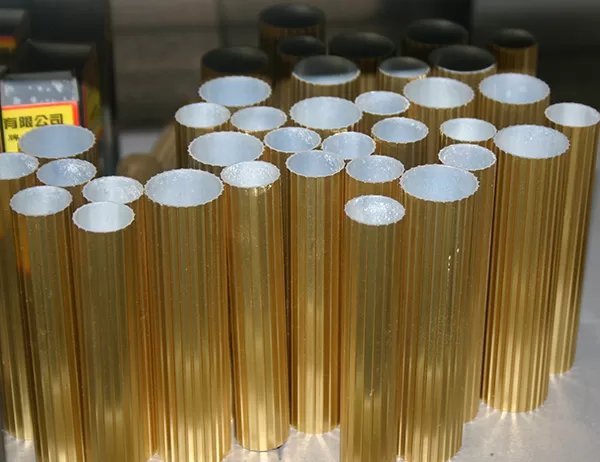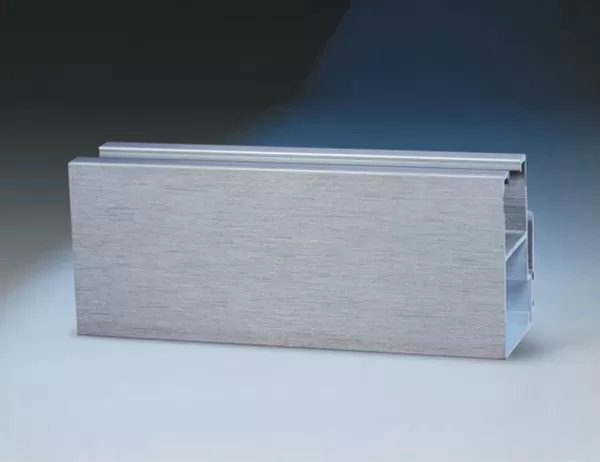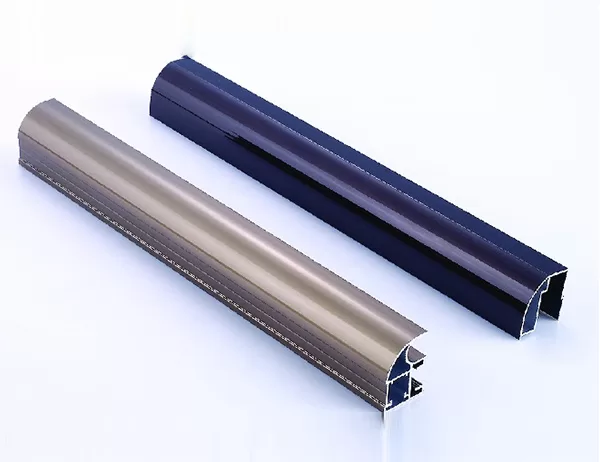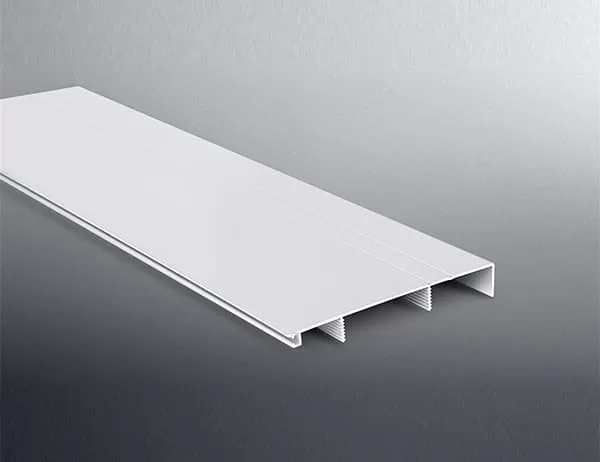In the realm of building materials, extruded aluminum pipes stand as versatile stalwarts, their sleek profiles and exceptional strength shaping industries far and wide. From intricate architectural frameworks to the sinews of high-performance vehicles, these tubular wonders find myriad applications.
Seamless Extruded Aluminum Pipes:
These pipes are extruded from a single billet of aluminum, resulting in a seamless, cylindrical form. Their smooth interiors and impeccable surface finish make them ideal for applications where fluid flow and sanitation are paramount, such as in pharmaceutical and food processing plants.
Mandrel Extruded Aluminum Pipes:
Mandrel extrusion produces pipes with complex cross-sections, such as hexagonal, oval, or D-shaped profiles. These pipes excel in applications requiring exceptional stiffness, lightweight properties, and aesthetic appeal, making them popular in aerospace, automotive, and construction industries.
Hollow Extruded Aluminum Pipes:
As their name suggests, hollow extruded aluminum pipes are characterized by a hollow core. Their high strength-to-weight ratio and ability to withstand high pressure render them suitable for lightweight structural components, aerospace applications, and hydraulic systems.
Architectural Extruded Aluminum Pipes:
Extruded aluminum pipes play a pivotal role in modern architecture. Their corrosion resistance, sleek appearance, and lightweight properties make them ideal for building façades, curtain walls, and roofing systems. They also contribute to energy efficiency, offering thermal insulation and reflecting sunlight.
Aerospace Extruded Aluminum Pipes:
The aerospace industry relies heavily on extruded aluminum pipes for their lightweight, durable, and corrosion-resistant properties. These pipes are used in aircraft fuselages, wing structures, and fuel lines, playing a vital role in ensuring flight safety and performance.
Automotive Extruded Aluminum Pipes:
Extruded aluminum pipes are becoming increasingly prevalent in automotive applications. Their lightweight properties enhance fuel efficiency, while their high strength and corrosion resistance make them suitable for chassis components, bumper systems, and engine cooling systems.
Conclusion:
Extruded aluminum pipes, with their diverse forms and exceptional properties, are indispensable in a wide range of industries. From the delicate intricacies of architectural designs to the robust demands of aerospace and automotive applications, these tubular wonders continue to shape our built environment and power our technological advancements. As innovation drives the development of new alloys and production techniques, the potential applications of extruded aluminum pipes are limitless.
